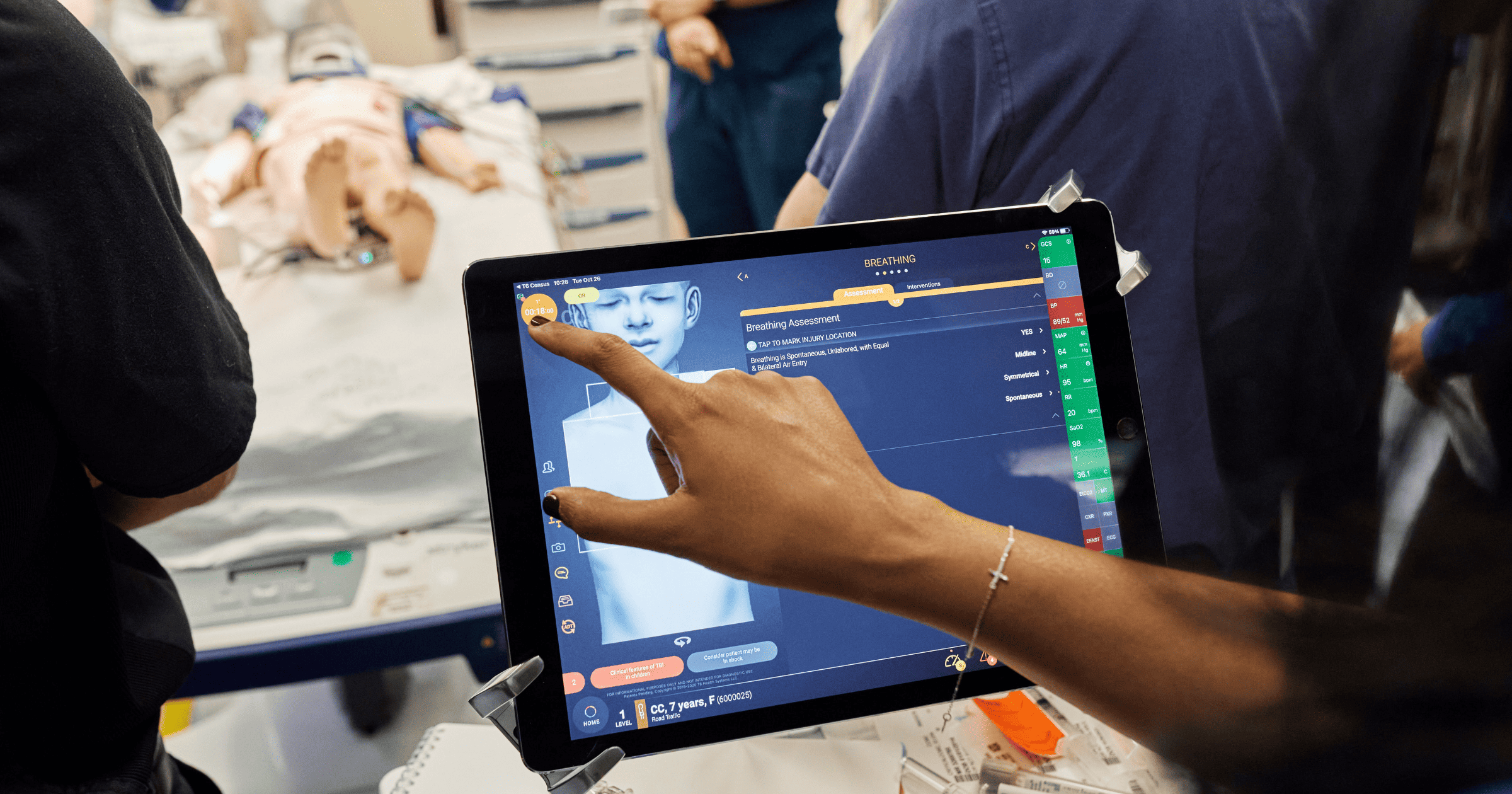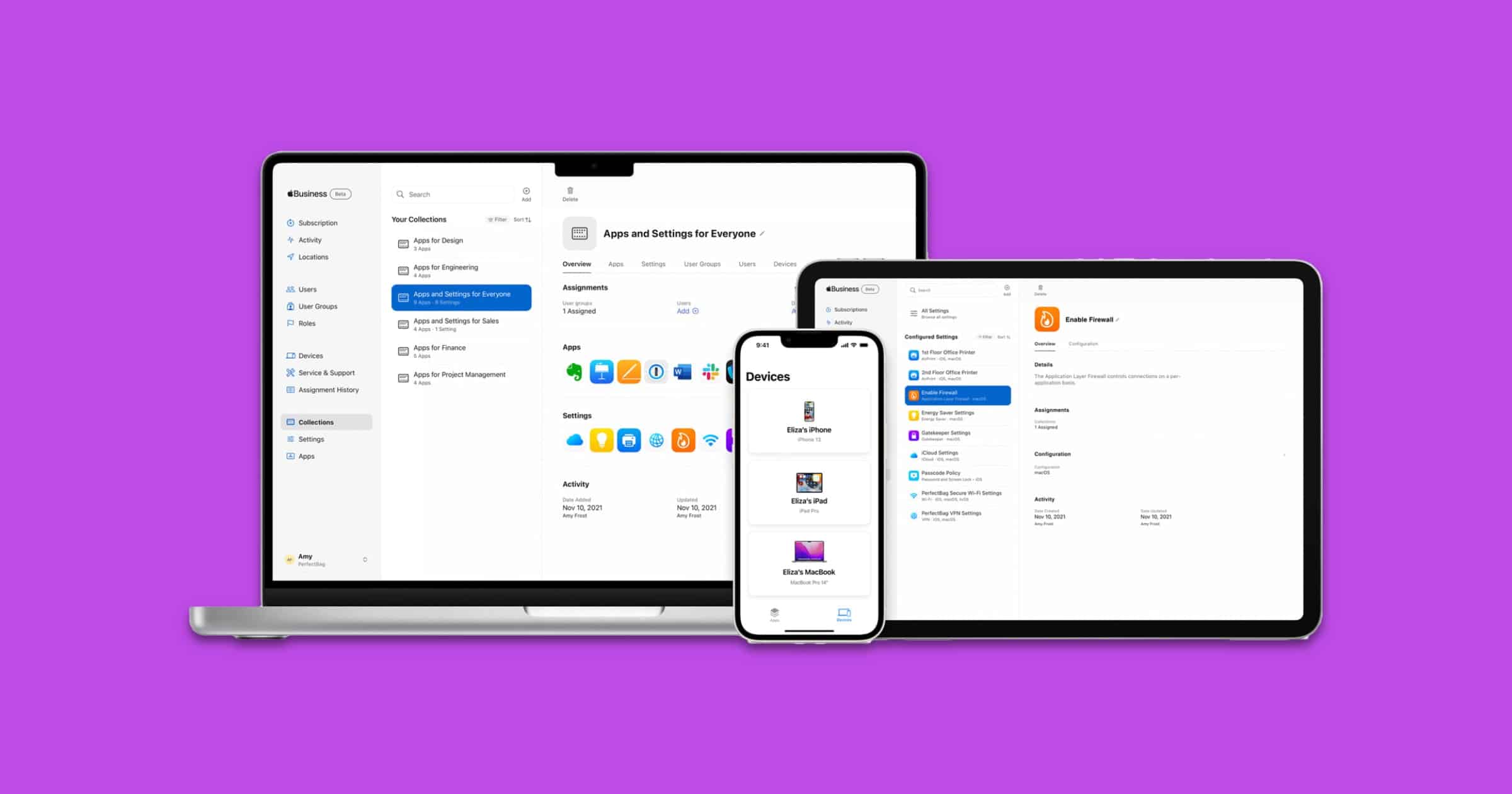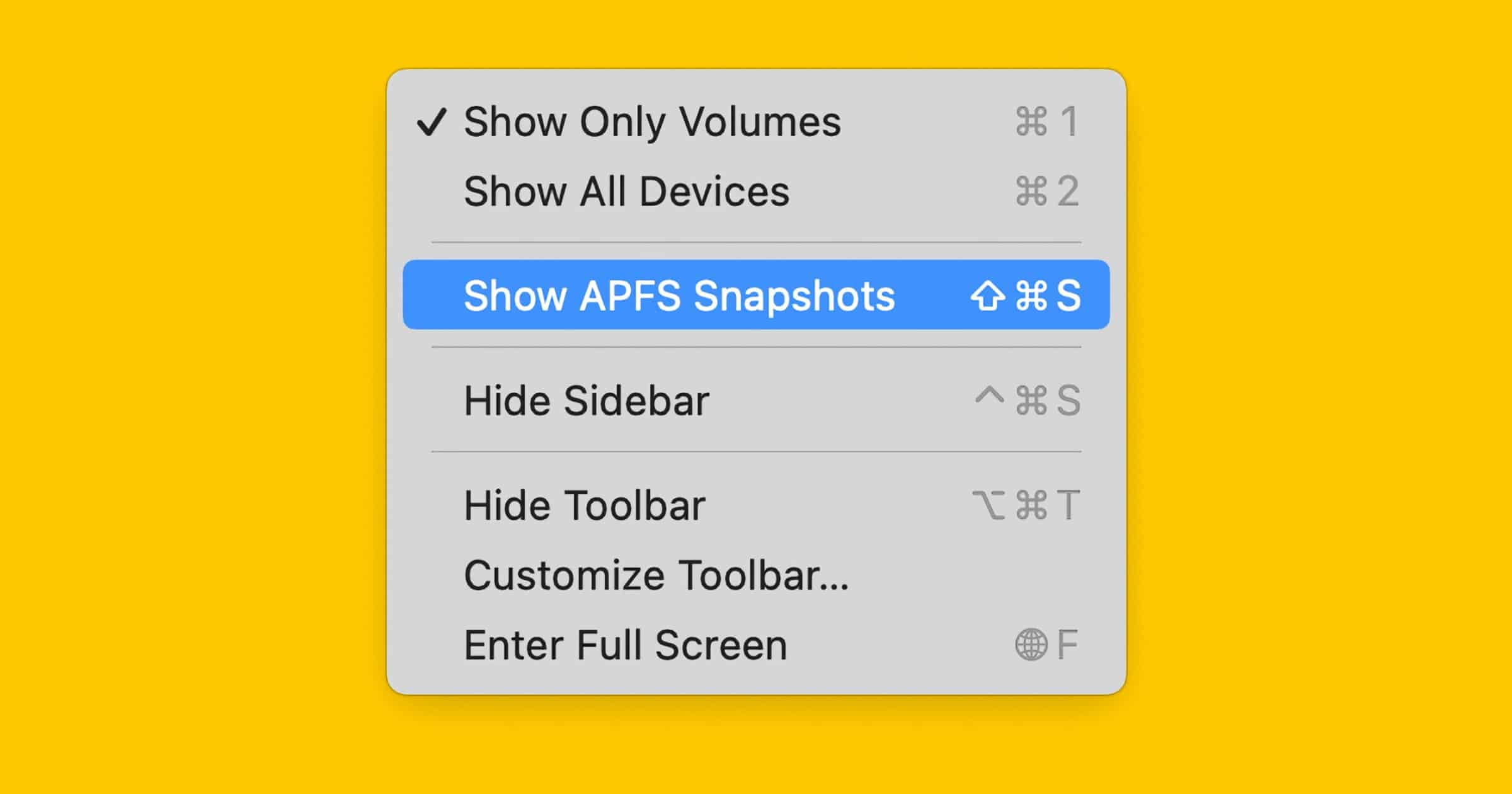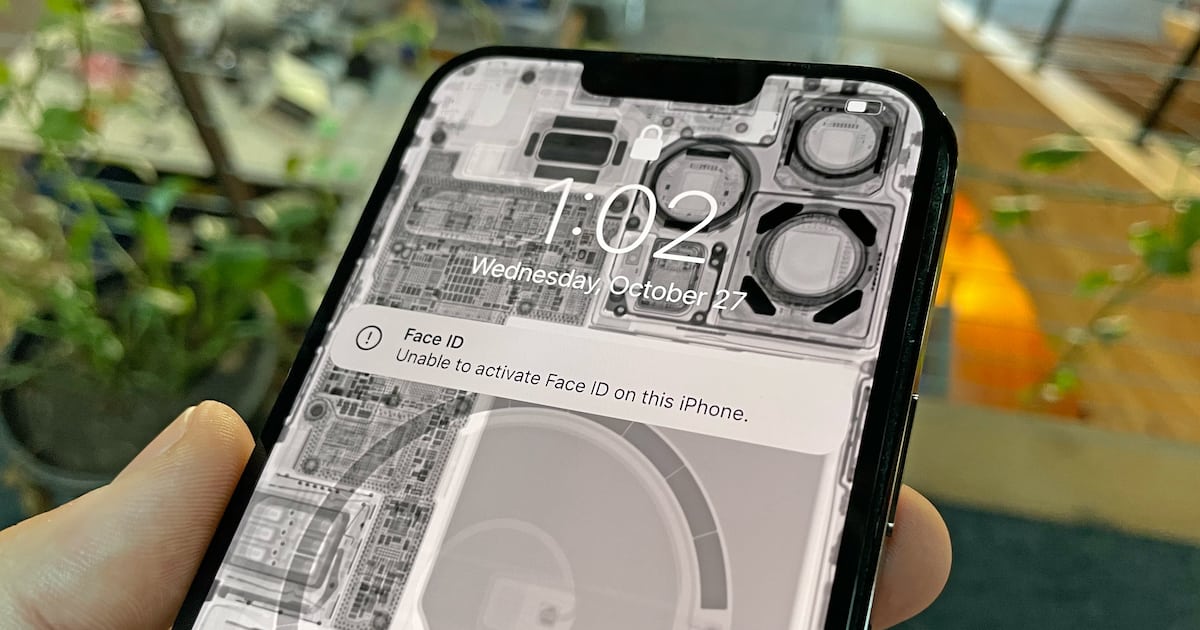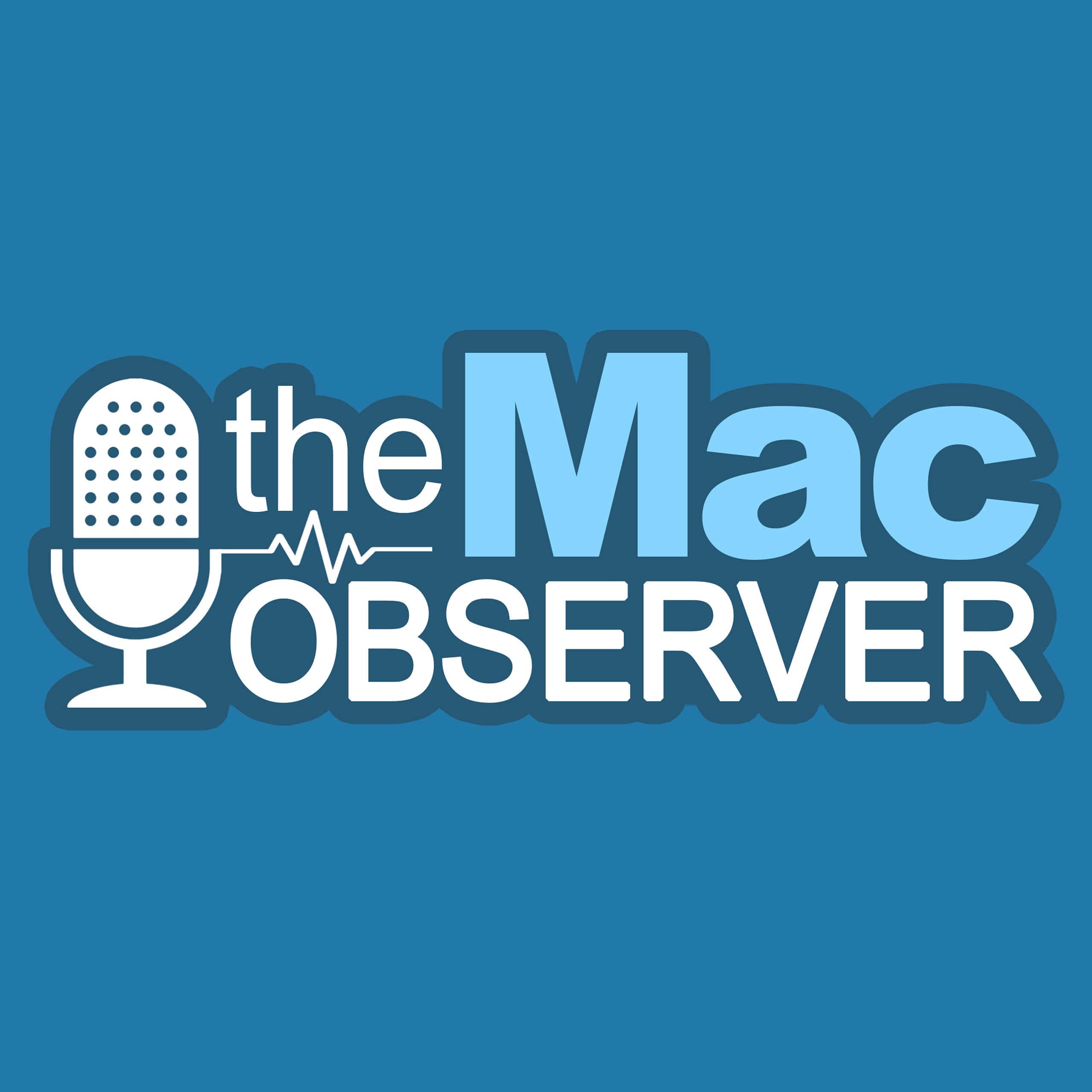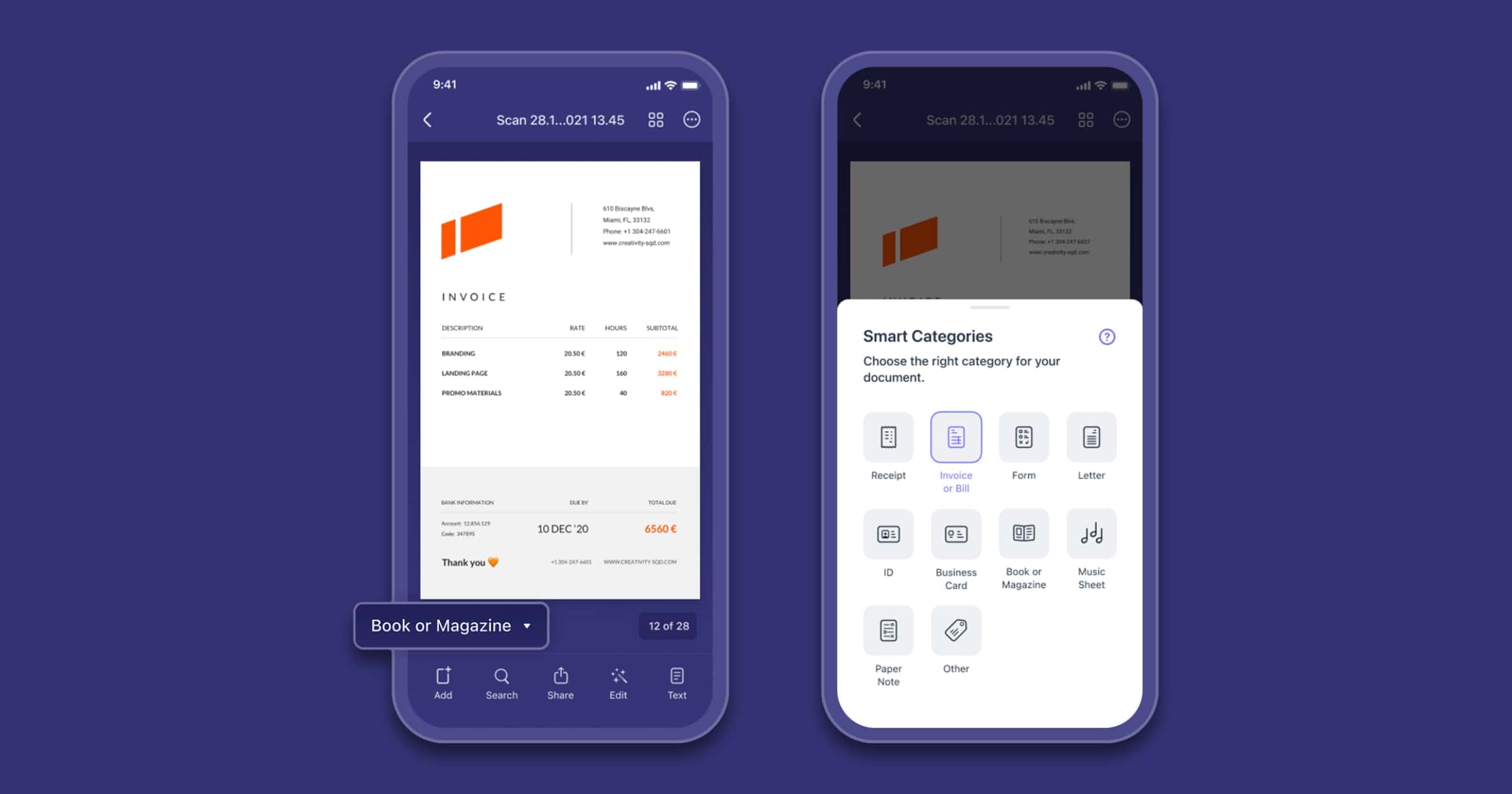Various Apple products are increasingly used in medical settings, and health is clearly an area the company is very interested in. Normally the focus is on general health monitoring, but on Wednesday it posted a feature highlighting one perhaps overlooked use case – trauma medicine. Of particular interest is how veterans used products to help change approaches, via a product called T6.
T6 allows medical teams to input and analyze patient data in real time through iPad. In a hospital setting, data such as vitals and injury details are entered into the app and displayed on a large screen for the entire trauma team to see, along with standard-of-care guidelines and alerts. In the field, whether that’s in an ambulance or medical helicopter, or if T6 is being used by a military team or medic, the iPad app will allow real-time virtual communication between the person administering care and a trauma team in another location.
